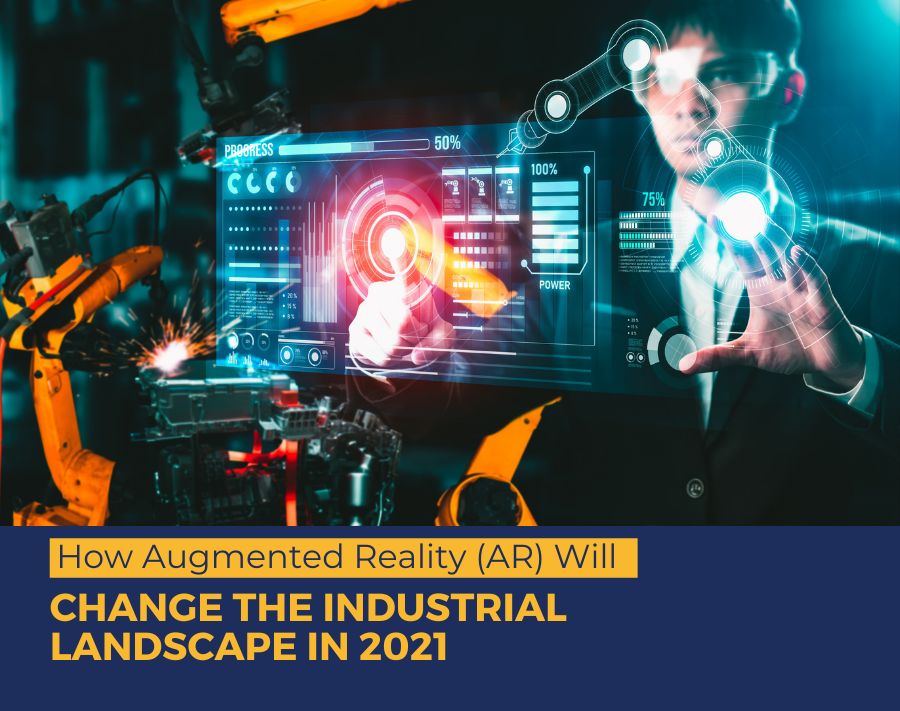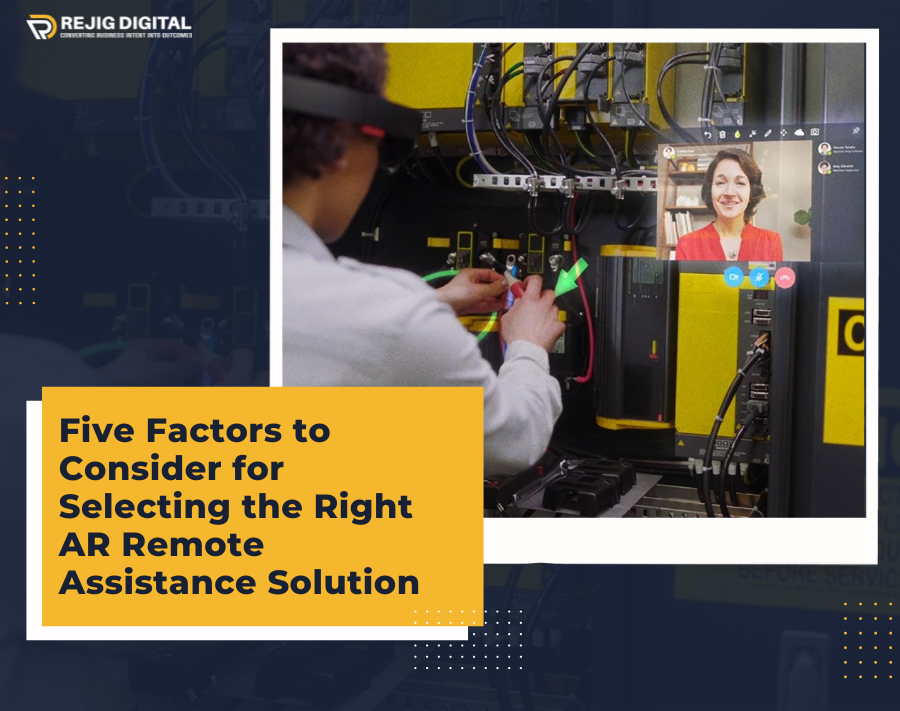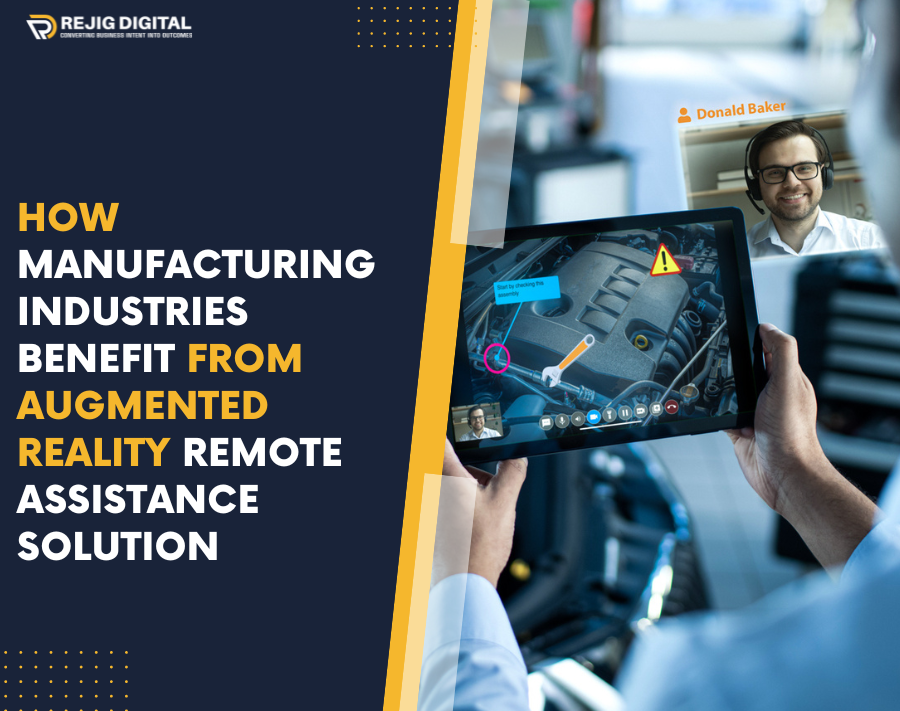When it comes down to technical advancements, countless technologies are changing the face of the future. AR, aka Augmented Reality technology, is one of those techs that have huge potential and its surging market clearly proves it. As per stats, the global augmented reality market is growing at a CAGR of 43.8% and is expected to do so till 2028.
Augmented Reality technology became popular with the launch of Pokemon Go back in 2016. However, it was just a baby version of it. Since then, it has seen consistent improvement and adoption across various business sectors. Today, AR is not just limited to gaming, but it has a plethora of industrial applications.
Let’s take a look at some of the adopted, and potential Industrial Augmented Reality applications!
1. MRO (Maintenance, Repair, and Operations)
Industries are full of heavy machinery, whether they are pumps, car motors, boilers, MRI machines, or else. As they are extensively used, it is imperative that they will require timely maintenance and repair. This is where AR technology can help.
With the help of gadgets like AR headsets and glasses, repair and maintenance staff have started to troubleshoot equipment issues. These glasses and headsets feed necessary information to the user while working on the machine, such as:
- Equipment information
- Potential points of failure
- Potential fixes to the issue
And more! Thus, enabling them to effectively leverage the Industrial Augmented Reality technology for MRO. This application of AR can be further enhanced once machine-to-machine IoT technology matures.
2. Design and Modeling
Whether it is interior designing, architecture, or construction, Augmented Reality technology can be of use everywhere. With AR headsets, engineers and architects can precisely visualize how their machine design or building will look beside the real-life objects, how much space it will take, and what further modifications can be done.
Further, they can do all the required virtual tweaks on the spot and focus on developing the actual product based on their analysis. Thus, saving a lot of resources and time on prototyping and conceptualizing.
3. Field Service
The use of Industrial Augmented Reality can significantly streamline the job of field service engineers in the coming years. How? It is pretty easy to understand. Rather than having a repair manual in their hands, service technicians can go out equipped with VR glasses or headsets for quick assistance on the machine they have to repair. They can also use a remote assistance app for getting around critical issues more quickly with an expert’s help.
Whether it is an air conditioner, cooling tower Augmented Reality technology can reduce truck rolls and equipment downtime.
Also Read : Role of Preventive Maintenance in Reducing Downtime in Enterprise
4. Industrial Training
Unlike traditional methods, AR can help industries train new recruits with state-of-the-art methods. Using AR, industries can make interactive videos with AR elements embedded in them. For Example : 3D model of a machine where a knob(real-life object) highlighted in the AR glasses. Recruits can also be provided with textual, visual, and audio instructions on the VR glasses themselves.
With this, industries can help them get hands-on with the machines quickly and reduce training costs and human error. Camfil is the firm that has leveraged the power of AR to help engineers safely and efficiently install air filters.
5. Business Logistics
Logistics is an integral part of the eCommerce industry which includes warehousing, route optimization, and transportation. Further, AR has the potential to help the industry.
By integrating Augmented Reality in logistic, the workers can get information about a particular item in the warehouse quickly on their AR glasses. It can further be improved to provide workers with the route within the warehouse to get to that specific item. DHL, a shipping company, has already implemented this idea in some of its warehouses.
6. Industrial Assembly and Manufacturing
Just like other processes, AR can also ease the process of manufacturing. Industries with complex manufacturing processes can equip their personnel with AR glasses and headsets that can help them overlay digital 3D models over the machine part they are working on. This can help them build or repair the required machinery in less time. If required, they can also use a remote assistance app for collaborative support from a colleague or an expert.
Boeing’s AR program is a great example of this. The firm uses digital 3D wiring diagrams to boost the manufacturing process.
Conclusion
In short, AR is helping various industry sectors to streamline their work process. However, we have just witnessed the tip of the iceberg. There are many other advanced applications of AR that are still undiscovered and will surely be worth waiting and seeing in the future.





